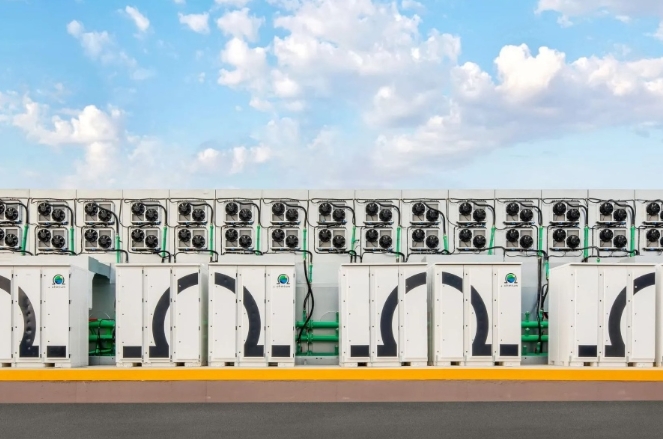Amogy bolsters ammonia-to-power solutions
Amogy, a provider of mature, scalable, and efficient ammonia-to-power solutions, has announced that it raised US$56 million in venture financing, bringing total raised since inception to more than US$270 million.
The round was co-led by existing investor Aramco Ventures and new investor SV Investment. Additional new investors participating in the round include Samsung Heavy Industries, BHP Ventures, Hanwha Investment & Securities, AFW Partners, Quantum Ventures Korea, Kibo Invest, and Seoul IP, along with existing investors Temasek, MOL Switch, Yanmar Ventures, AP Ventures, and Marunouchi Innovation Partners.
This financing follows the latest demonstration of Amogy’s ammonia-to-electrical power system where it sailed the world’s first carbon-free, ammonia-powered maritime vessel in September 2024. In earlier demonstrations, the company used its technology to power an aerial drone, commercial farm tractor, and semi-truck. Amogy’s patented ammonia-powered system splits, or ‘cracks,’ ammonia into its base elements of hydrogen and nitrogen. The hydrogen is then funnelled into a hydrogen-to-power system, either an integrated fuel cell or hydrogen engine, generating high-performance power with zero carbon emissions.
“Since our founding just four years ago we’ve been on a rapid trajectory to bring our innovative ammonia-to-power technology to hard-to-abate sectors like maritime and power,” said Seonghoon Woo, CEO and co-founder of Amogy. “The latest technical demonstration — the successful sailing of the NH3 Kraken, our ammonia-powered tugboat — showcased that Amogy’s technology is a safe, viable, and effective solution for achieving decarbonisation goals in heavy industries. On the heels of this monumental achievement, we’re especially invigorated by the strong validation we’re receiving from premier investors representing a mix of industry who are supporting our rapid push towards commercialisation.”
“The Amogy team has demonstrated exceptional progress in developing their ammonia-powered technology through a systematic and highly effective approach,” stated Ilyong Choi, Executive Vice President of SV Investment. “Their unwavering commitment to commercialisation, coupled with a deep focus on research and development, has instilled confidence among partners in the viability and adaptability of their solutions for diverse customer needs. Amogy’s strategic execution plan is set to bring their technology to the forefront of distributed generation and maritime applications, with impactful deployment expected at the right sites and timelines by 2026.”
“Amogy's novel catalyst and reformer technology enables ammonia cracking at a significantly lower temperature and operating footprint, unlocking transportation use cases that were previously not operationally or economically feasible,” commented Laurel Buckner, Vice President Ventures at BHP. “With our investment, BHP Ventures deepens its commitment to technologies that drive innovation, reduce emissions, and support BHP’s broader sustainability strategy."
With this latest financing, the company will accelerate commercialising its technology in key markets including maritime shipping and stationary power generation and will continue strengthening its research and development efforts and manufacturing capabilities.
Amogy bolsters ammonia-to-power solutions | Global Hydrogen Review
Amogy bolsters ammonia-to-power solutions
Amogy has raised US$56 million to bolster commercialisation of pioneering ammonia-to-power solutions.
www.globalhydrogenreview.com






